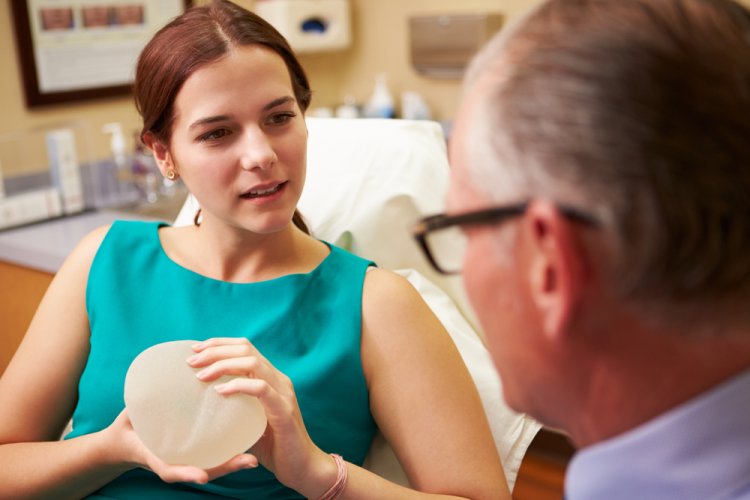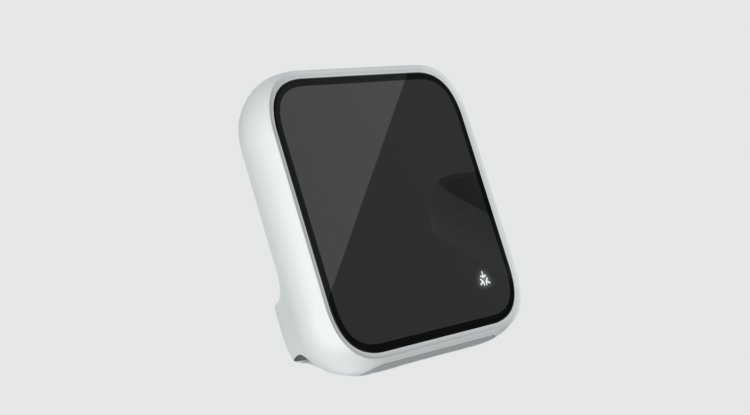End of silicone? A new era of breast reconstruction is on the horizon
Each year, 2 million people worldwide are diagnosed with breast cancer, and treatment often requires the removal of at least one breast.

However, most women choose not to have their breasts reconstructed after the procedure. Several startups are working on 3D-printed implants that will allow the new breast tissue to grow before they disintegrate without a trace. "The entire implant is completely degradable," says Julien Payen, CEO of startup Lattice Medical, "so after 18 months you don't have a piece of plastic in your body."
The first human trial of such an implant, called Mattisse by Lattice Medical, is set to begin on July 11, with more to follow soon. There are two main types of breast reconstruction today: silicone implants and lobular surgery. While implants are easy to place, flap surgery is a highly specialized procedure that requires the removal of a "flap" of tissue from the stomach, thigh, or back area.
However, silicone implants require replacement every 10 years or so. In addition, several scandals have already arisen in the world in connection with implant manufacturers who used dubious silicone in their products. Many people are discouraged from reconstruction by the idea of having a foreign object in their body. The solution could be a simple operation of the implant, which will completely decompose and no foreign material will remain in the body, which would cause problems. This can be achieved in various ways.
Healshape uses hydrogel to 3D print a soft implant that will be slowly colonized by a person's own fat cells, an initial dose of which is injected. The implant will then disappear over six to nine months. CollPlant is developing a similar method using a special collagen bioink extracted from tobacco leaves. Lattice Medical takes a different approach. His implant is a 3D printed cage made of biodegradable biopolymer that encloses a small flap from the area under the breast.
This flap then grows to fill the cage with fatty tissue while the cage itself is absorbed by the body. Breast regeneration using a cage was already shown to be effective in humans in a 2016 study. However, at that time the cages were not decomposable. Lattice Medical says its cage is an improvement because the flat base and larger pores help tissue grow.
Post by Bryan C.





























